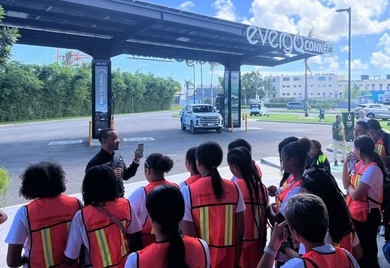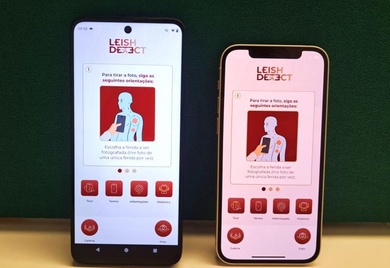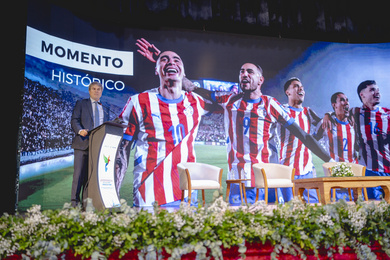Bring your own WHAT to class???
With the growing importance and proliferation of technology in day-to-day lives and the workplace, there is also growing desire to teach children computer literacy as a formal part of the education system.
 BYOD can take several forms. The most common and promising way seems to be allowing students to bring tablets, laptops, and other devices into the classroom to access education materials. Instead of allowing them to have access to the Internet, which can be costly in LAC, schools create an Intranet, which is considerably less expensive. Allowing students to have access only to Intranet blocks them from accessing uncontrolled materials which may concern teachers and parents. Digital copies of educational material can be uploaded to the Intranet. Depending on how it is implemented, this could save schools money in textbooks, allow students to access supplemental learning tools, or facilitate sharing among students in a monitored and regulated manner.
BYOD can take several forms. The most common and promising way seems to be allowing students to bring tablets, laptops, and other devices into the classroom to access education materials. Instead of allowing them to have access to the Internet, which can be costly in LAC, schools create an Intranet, which is considerably less expensive. Allowing students to have access only to Intranet blocks them from accessing uncontrolled materials which may concern teachers and parents. Digital copies of educational material can be uploaded to the Intranet. Depending on how it is implemented, this could save schools money in textbooks, allow students to access supplemental learning tools, or facilitate sharing among students in a monitored and regulated manner.
Some advocates claim BYOD promotes greater participation in the classroom. Writing tools, simulations of science experiments, ebooks, interactive art and history lessons all become possible with technology. BYOD can cater to students with different learning styles in ways the traditional classroom experience cannot.
Some concerned about BYOD claim that it can exacerbate differences between high- and low-income students. Teachers would need to be trained in the technology, and teacher training is already a major challenge in the region.
Clark Quinn in 2010 recommended the “four C’s” of mobile technology for learning: Content, Compute, Capture and Communicate. The devices provide the content. Teachers can use the computing capabilities of the devices for simulations or other supplemental learning tools. Students can take notes on their devices to capture information. Then the information can be communicated among students and/or with the teacher.
While it seems there may be a need to continue tweaking the BYOD model to impact education in LAC, there also appear to be great opportunities. What do you think? Do you know any good BYOD models in LAC that IDB should support?
¿TE GUSTA LO QUE ACABAS DE LEER?
Suscríbase a nuestra newsletter para mantenerse informado sobre las últimas noticias de BID Invest, publicaciones de blog, próximos eventos y para obtener más información sobre áreas específicas de interés.
Suscribirse



